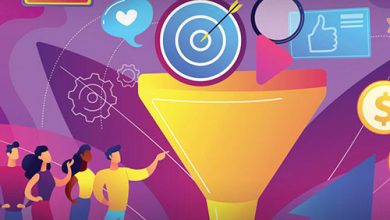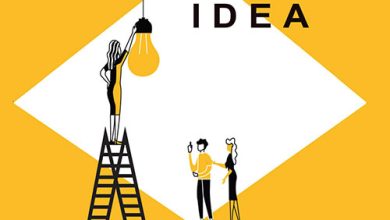CULTURAL MACHINE
THE ALLURE OF ALGORITHMS
Manilka Ediriweera knows why there is a sameness in our cultural offerings
We hear about algorithms all the time. Initially developed to sort and organise data, algorithms are now among the most powerful tools used to understand and navigate the digital world, and shape modern society.
From search engines and recommendation systems, to social media feeds and online marketplaces, algorithms don’t simply help us find content or the right product; they also determine how we participate in social and political discourse, connect with others and produce knowledge.
The websites you find after a simple Google search, the Spotify playlists made only for you, the personalised feeds on Instagram, the For You page on TikTok and even the ads on the internet are all driven by algorithms.
Algorithms shape our identities, habits, choices and tastes, not simply to facilitate our digital experiences but also shape our culture. One could argue that claiming algorithms shape our culture is taking things too far. However, the sad reality is that they’re doing exactly that.
Culture is something that’s passed down through various forms and mediums – such as social interaction, shared stories, values, beliefs, music and so on, and is built through contradictions, debates, rituals and human curation.
It was guarded by humans such as editors who decided on what was published and curators who found films that had been overlooked or put on exhibitions. While these decisions may have been flawed, biased or idiosyncratic, they were also grounded in intention and expertise; and they were acts of responsibility and expression.
When culture moved online however, it was also remodelled. Human curation was replaced by algorithmic recommendations through data obtained from previous interactions and behaviour. These algorithms are quietly but meticulously reshaping culture to fit the needs and standards of the platforms and corporations profiting from them.
So the content generated for us isn’t random but rather, selected to align with our interests to keep us engaged. And the more we rely on these systems, the risk of culture becoming structured and flat is greater with a growing sense of sameness.
Perhaps you’ve already felt this sense of sameness or predictability. Everything from music and fashion, to design and aesthetics, is beginning to feel or look as if it came straight out of a template.
Though it seems organic, it’s not; instead, it is a strategic optimisation of sorts. After all, algorithms aren’t meant for nuance, to broaden perspectives or challenge beliefs. Rather, they’re to capture our attention so that we keep watching, scrolling, liking and buying.
The goal is to keep us engaged. And the best way to do this is by pushing content that’s already familiar and comfortable to us.
With algorithmic intervention, culture has become a feedback loop – one where users mimic what the algorithm rewards; and in turn, promote what users engage with. There’s very little room for innovation and experimentation, and the end result is a culture shaped by what performs.
Originality then becomes a liability… and culture becomes flattened. This means that when platforms flatten everything into content – whether it’s a news clip, a choreographed dance or an artwork – it all becomes part of a stream where values are determined by metrics such as views, shares and engagement. So it’s not the intent, context or meaning that matters.
As a result, culture becomes homogenised, decontextualised, compressed and repackaged to fit into platform specific formats. Algorithms don’t show the best or most important content; they show what’s most ‘click worthy’ over content that can challenge, confuse or get you thinking.
When it’s all about trends and virality, you don’t see what’s best for you but rather, what’s performing well out there.
These influences aren’t limited to the internet. Offline spaces are also influenced to fit the online gaze. From the way restaurants are designed to be Instagram chic to even language changes such as using the word ‘delulu’ for delusional, the effects of algorithms are everywhere.
However, the real danger lies in the illusion of choice. While personalisation seems empowering, it’s also a tool of control used to limit what we are exposed to. It provides familiar and comfortable content, to overstimulate and keep us engaged. But when the dopamine hit subsides, we’re left with undernourishment, fatigue and numbness.
So is there a way out?
Yes, but it doesn’t mean rejecting technology. Instead, we need to choose friction, ambiguity and human creation over algorithmic optimisation and personalisation.
It’s similar to browsing books without bestseller tags, supporting artistes who haven’t gone viral or simply being suspicious about uniformity.
Culture has become a feedback loop






